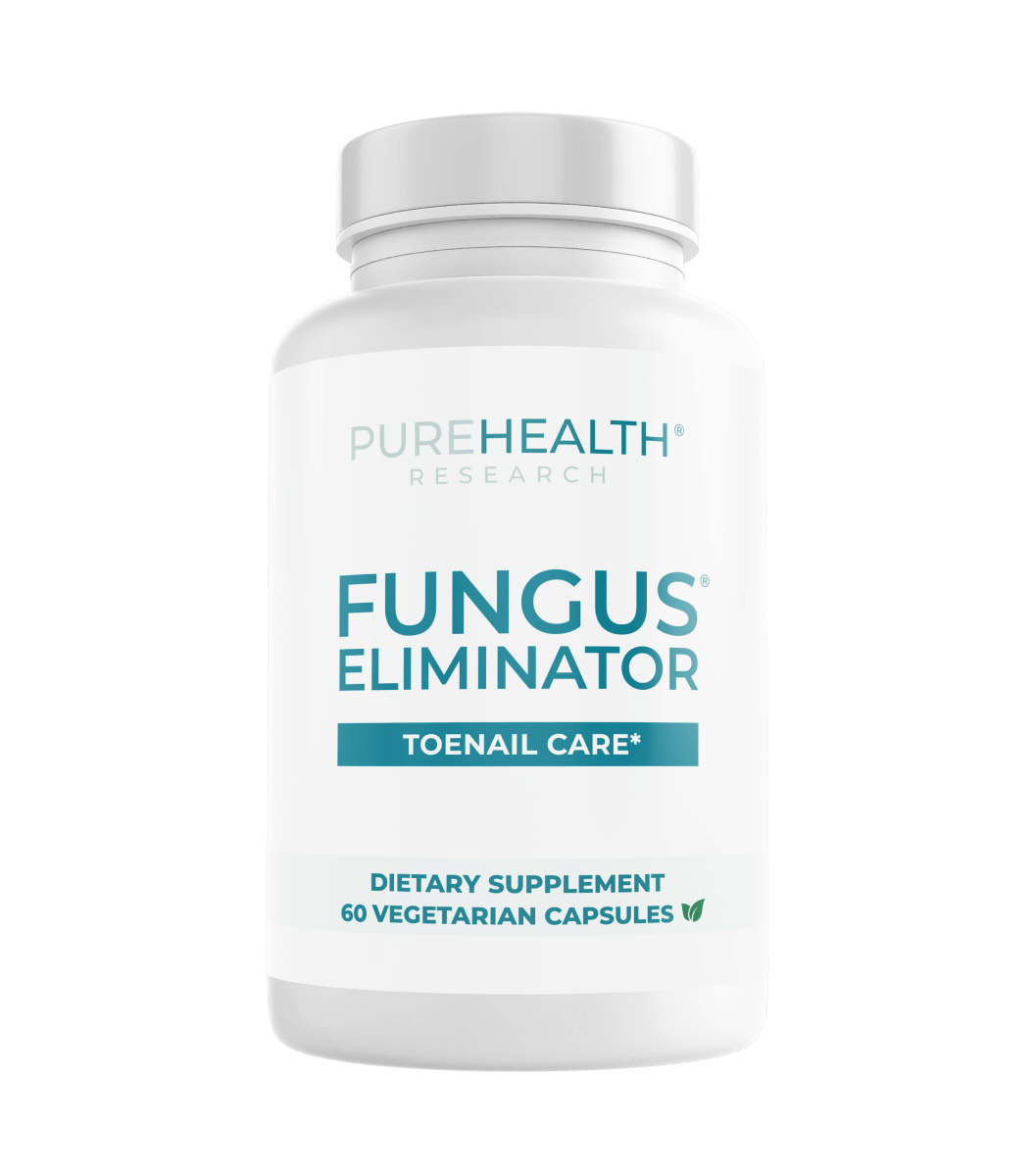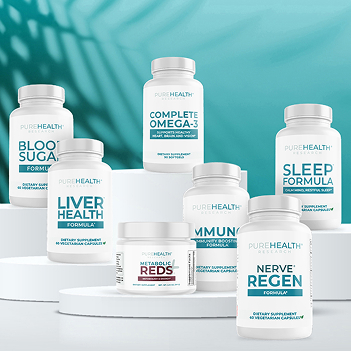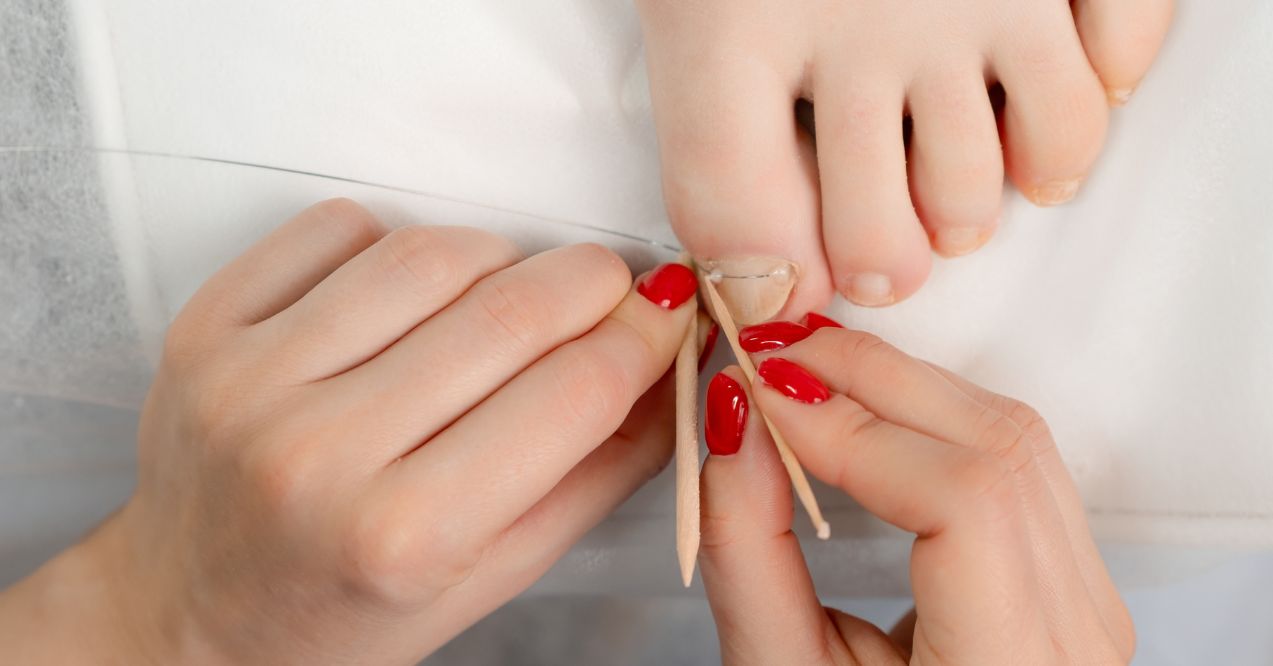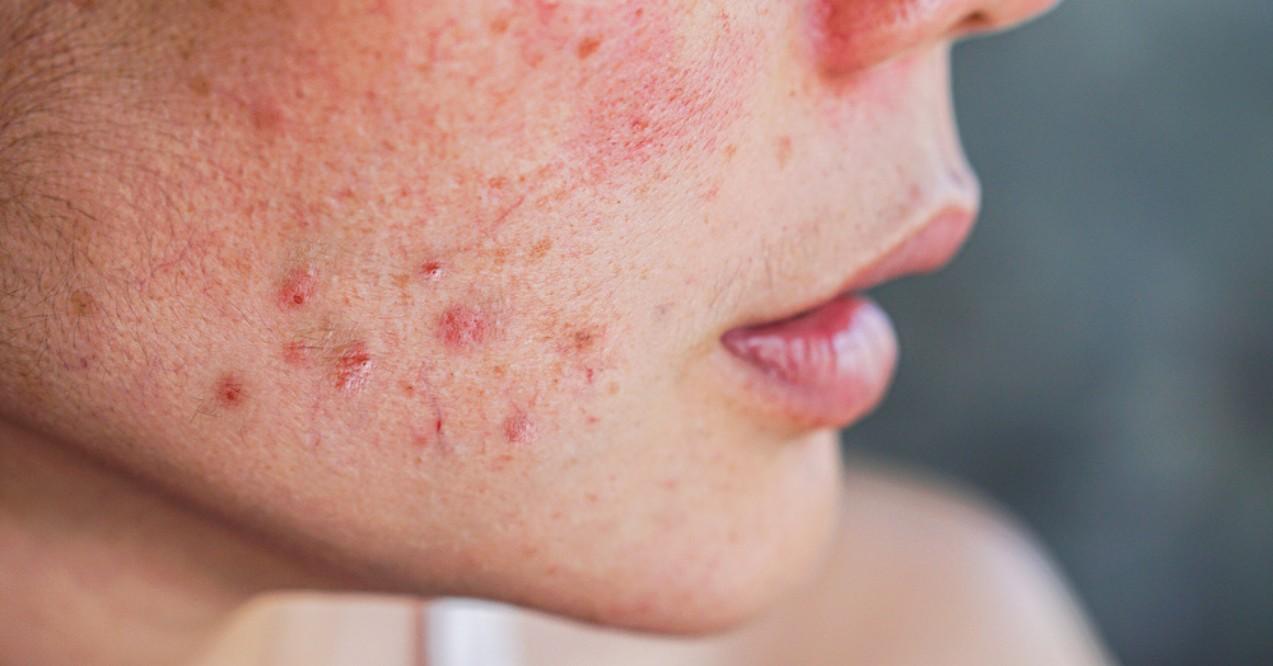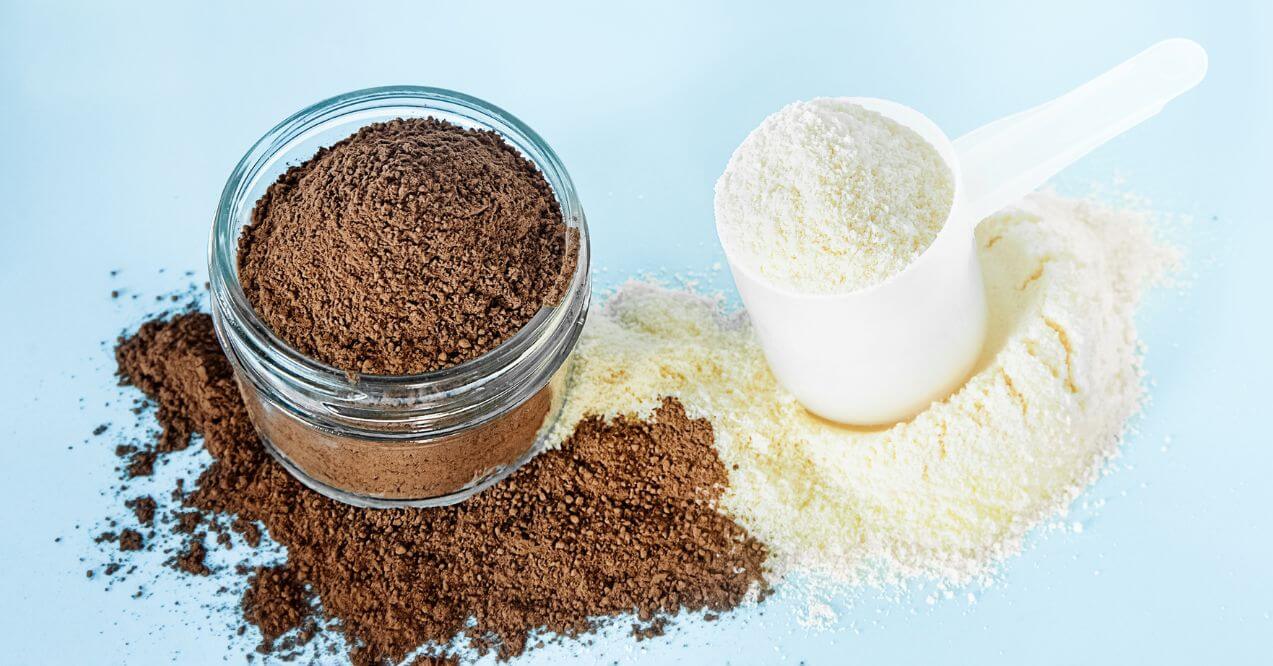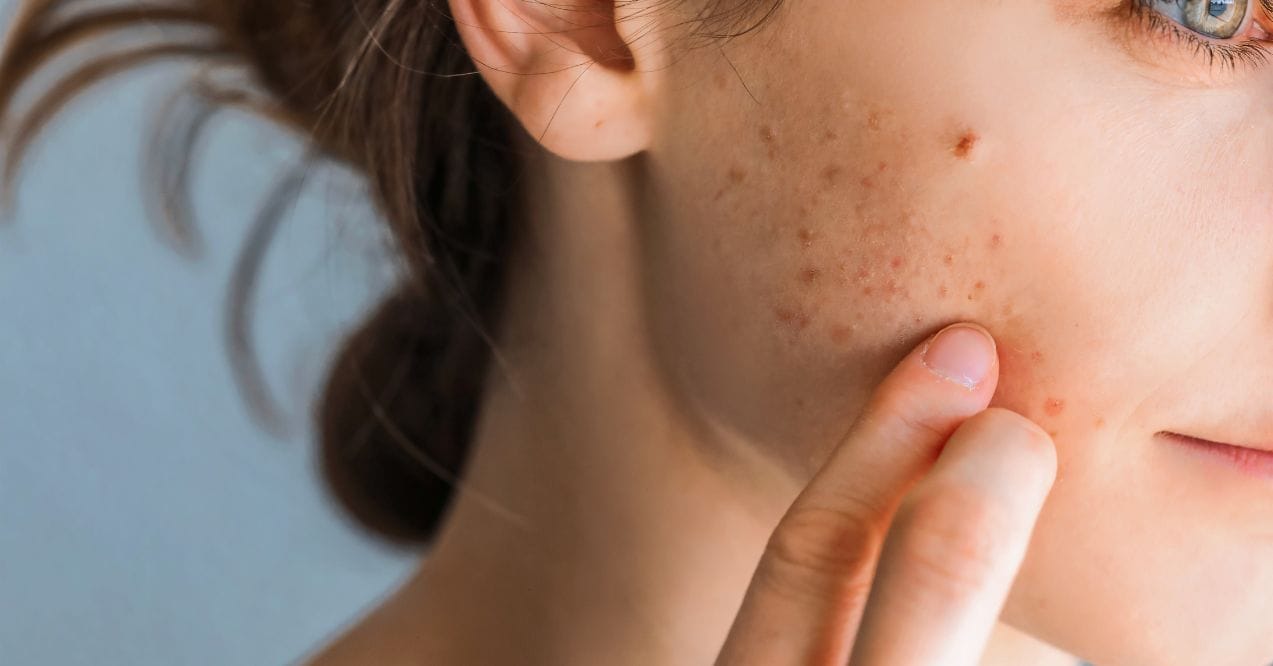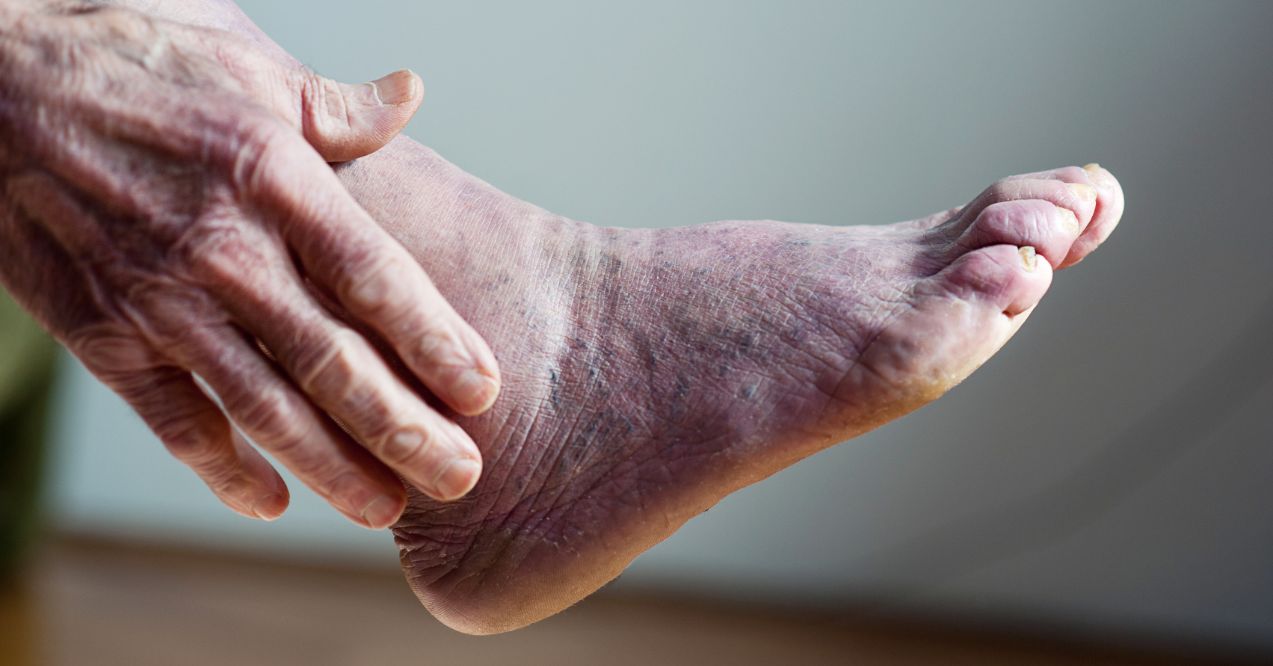Signs of Infection After Toenail Removal Surgery
Learn the signs of infection after toenail removal surgery. Discover prevention tips and essential aftercare for a smooth recovery.
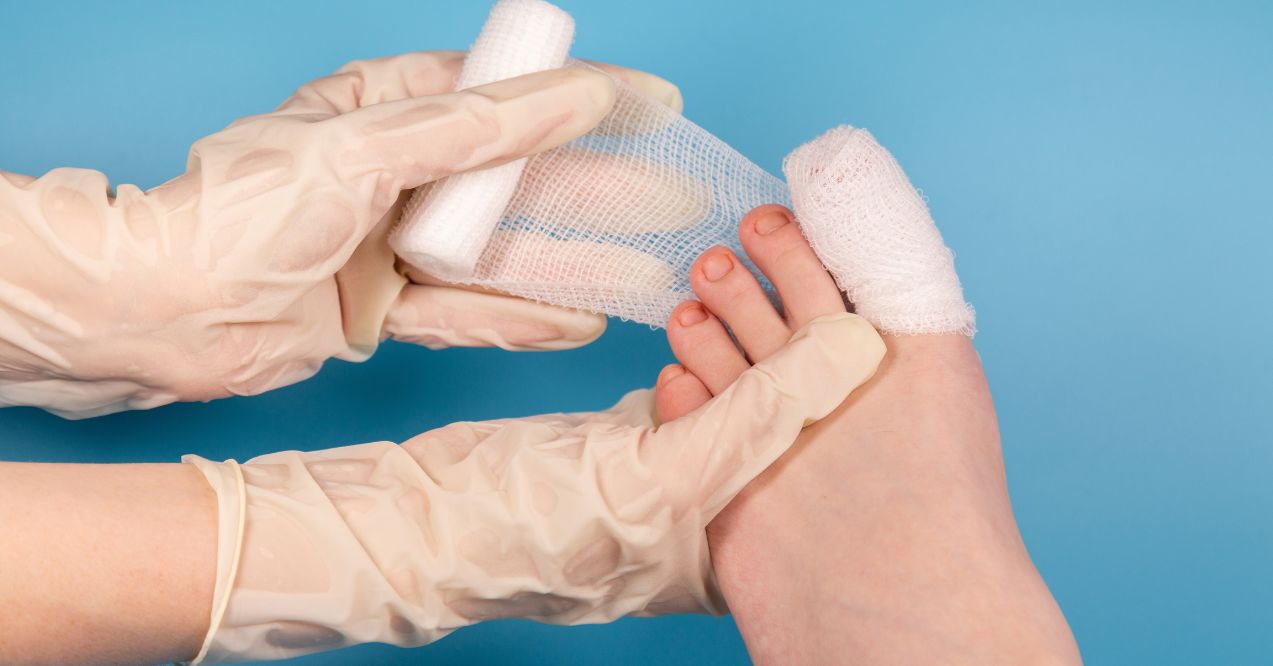

Signs of infection after toenail removal surgery can be a concerning issue for many individuals who undergo this procedure. Toenail removal is a common surgical intervention performed to address various nail conditions, such as ingrown toenails, fungal infections, or trauma-related issues. While the procedure is generally safe, it’s crucial to be aware of potential complications that may arise during the recovery process.
Understanding what to look for and how to prevent infections can significantly contribute to a smoother healing experience. Therefore, this blog post will explore the signs of infection at different stages post-surgery, provide essential care tips, and offer guidance on preventing future toenail problems.
Is There a Risk of Infection After Toenail Removal?
Yes, there is a potential for infection after toenail removal, as with any procedure that creates an opening in the skin. While healthcare providers take precautions to minimize this risk, it’s important to be aware of this possibility.
The risk of infection can vary based on several factors:
- The type of toenail removal procedure performed
- The sterility of the environment where the procedure takes place
- Your overall health and immune system function
- How well aftercare instructions are followed
For mature adults, certain age-related factors may influence this risk. For example, conditions more common in older adults, such as blood sugar or circulatory issues, can affect healing and potentially increase infection risk.
It’s crucial to follow your healthcare provider’s aftercare instructions carefully to help reduce the risk of complications. These instructions typically include keeping the area clean and dry, and watching for signs that might indicate a problem.
Signs of Infection After Toenail Removal Surgery
Monitoring for potential infection is crucial after toenail removal surgery. While learning how to get rid of toenail fungus is important, recognizing signs of infection after toenail removal surgery is equally vital. These signs can vary over time, so it’s essential to understand what to expect during different stages of recovery.
2 Weeks After Toenail Removal
Two weeks post-surgery, some redness and swelling are normal. However, symptoms like excessive or spreading redness, increased swelling, severe or persistent pain, and yellow, green, or foul-smelling discharge may indicate infection. The surgical site should show signs of healing, with reduced pain and inflammation compared to immediately after the procedure.
3 Weeks After Toenail Removal
3 weeks after toenail removal, initial symptoms should be improving significantly. The surgical site should appear less inflamed, with minimal discharge. Persistent redness, swelling, pain, or any type of discharge at this stage could be some of the signs of infection after toenail removal surgery. The wound should be closing, and new skin may be visible around the edges of the affected area.
1 Month After Toenail Removal
By one month post-surgery, the toe should show substantial healing progress. The surgical site should be mostly closed, with new skin covering the area. Pain and swelling should be minimal or absent. If the wound appears to be worsening or fails to heal, it could indicate an underlying infection. Any recurring symptoms or new discomfort should be taken seriously and may warrant further evaluation.
Post-Surgery Care Essentials
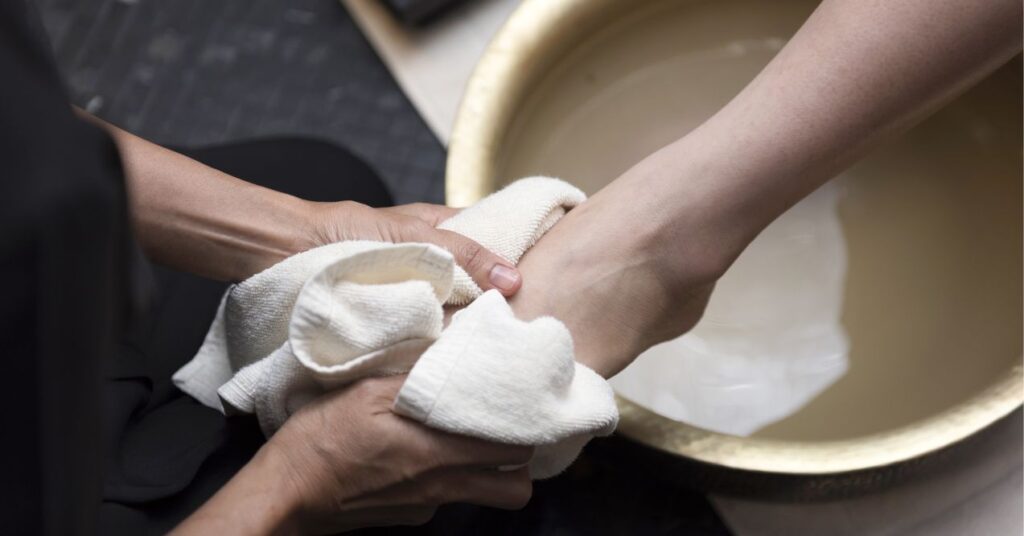
Proper post-operative care is crucial for preventing infection and supporting recovery after toenail removal. Follow these essential steps:
- Keep the area clean and dry. Gently wash the affected toe daily with mild soap and warm water. Pat dry thoroughly.
- Change bandages regularly, typically once or twice daily, or as instructed. Use sterile gauze and medical tape.
- Apply antibiotic ointment if recommended by your healthcare provider.
- Elevate the foot when resting to reduce swelling and discomfort.
- Wear loose, comfortable shoes that don’t put pressure on the affected toe.
- Avoid strenuous activities for the first few weeks. Gradually resume normal activities as advised.
- Don’t soak the foot in water until the wound has healed completely.
- While some may suggest using bleach for toenail fungus, avoid applying any harsh substances to the surgical site, as this can irritate the wound and impede healing.
- Take pain relievers as recommended to manage discomfort. Does ingrown toenail surgery hurt? While some pain is expected, it should be manageable and decrease over time.
- Attend all follow-up appointments to ensure proper healing.
- Avoid picking at or trimming the affected area until fully healed.
- Keep the nail bed clean and dry to prevent fungal growth during healing.
By following these care instructions, you can support your recovery process and minimize the risk of complications after toenail removal surgery.
How to Prevent Future Toenail Problems?
Preventing future toenail issues is equally crucial after undergoing toenail removal. Proper toenail removal aftercare is the first step in avoiding recurring problems. Beyond the initial recovery period, implement these preventative measures:
- Wash feet daily with soap and water. Dry thoroughly, especially between toes. Trim nails straight across, not too short.
- Wear shoes that fit well, with adequate toe room. Avoid tight or pointy shoes that compress toes. Use breathable materials to reduce moisture.
- Wear shower shoes in communal showers or locker rooms. Keep feet dry in swimming pools or other wet areas.
- Avoid cutting nails too short or rounding corners. Use clean, sanitized nail tools. Don’t share nail clippers or other foot care items.
- Check feet regularly for discoloration, thickening, or changes in nail shape. Address any issues promptly to prevent complications.
- Follow toenail removal aftercare instructions diligently if you’ve had a procedure.
- Wear moisture-wicking socks to keep feet dry.
- Alternate shoes daily to allow them to dry completely.
- Avoid going barefoot in public areas.
- Maintain a healthy diet and stay hydrated for overall nail health.
- Consult a healthcare professional if you notice persistent nail changes or discomfort.
Additionally, Fungus Eliminator from PureHealth Research offers a natural approach to promoting nail health. This supplement, endorsed by an expert in integrative medicine Dr. Holly Lucille ND, RN, combines nine plant-based ingredients, including wormwood, caprylic acid, turmeric, and BioPerine®.
Wormwood assists in shielding against various fungal strains, while Caprylic Acid acts rapidly to attack invading fungi. Turmeric supports immunity, and Bioperine® enhances its absorption. The formula aims to alleviate unsightly toenail issues, support protection against recurrence, address fungal spores, promote immunity, and reduce discomfort.
Remember, while natural supplements for skin and beauty can offer potential benefits, it’s always advisable to consult with a healthcare professional before starting any new supplement regimen. This is particularly important if you have existing health conditions, are taking medications, or are pregnant or nursing. They can also help monitor your progress and adjust recommendations as needed for optimal results.
Conclusion
Toenail removal surgery, while common, requires vigilant aftercare to prevent complications. Being aware of signs of infection after toenail removal surgery is crucial. Proper post-surgery care, including keeping the area clean and following your doctor’s instructions, significantly reduces infection risks.
Looking ahead, good foot hygiene, appropriate footwear, and regular check-ups can help prevent future toenail issues. While natural supplements may offer support, always consult a healthcare professional before use, especially post-surgery.
By staying informed and proactive about your foot health, you can ensure the best outcomes from your surgery and maintain healthy toenails long-term. Remember, if you have any concerns during recovery, don’t hesitate to seek professional advice.
You may have an infection after toenail removal if you notice excessive redness, swelling, persistent pain, or unusual discharge. Worsening symptoms, fever, or a non-healing wound are also signs to watch for.
Monitor for excessive redness, swelling, persistent pain, or unusual discharge. Watch for worsening symptoms or slow healing. If you notice fever, spreading redness, or foul odor, these may indicate infection. Consult a professional if concerned.
Ingrown toenail surgery typically involves some discomfort, but most patients find it manageable. Pain levels vary based on individual tolerance and procedure extent. Proper pain management techniques and following aftercare instructions help minimize discomfort during recovery.
Sign up for our Healthy Living newsletter!
Advertisement. This site offers health, wellness, fitness and nutritional information and is designed for educational purposes only. You should not rely on this information as a substitute for, nor does it replace, professional medical advice, diagnosis, or treatment. If you have any concerns or questions about your health, you should always consult with a physician or other health-care professional. Do not disregard, avoid or delay obtaining medical or health related advice from your health-care professional because of something you may have read on this site. The use of any information provided on this site is solely at your own risk.
